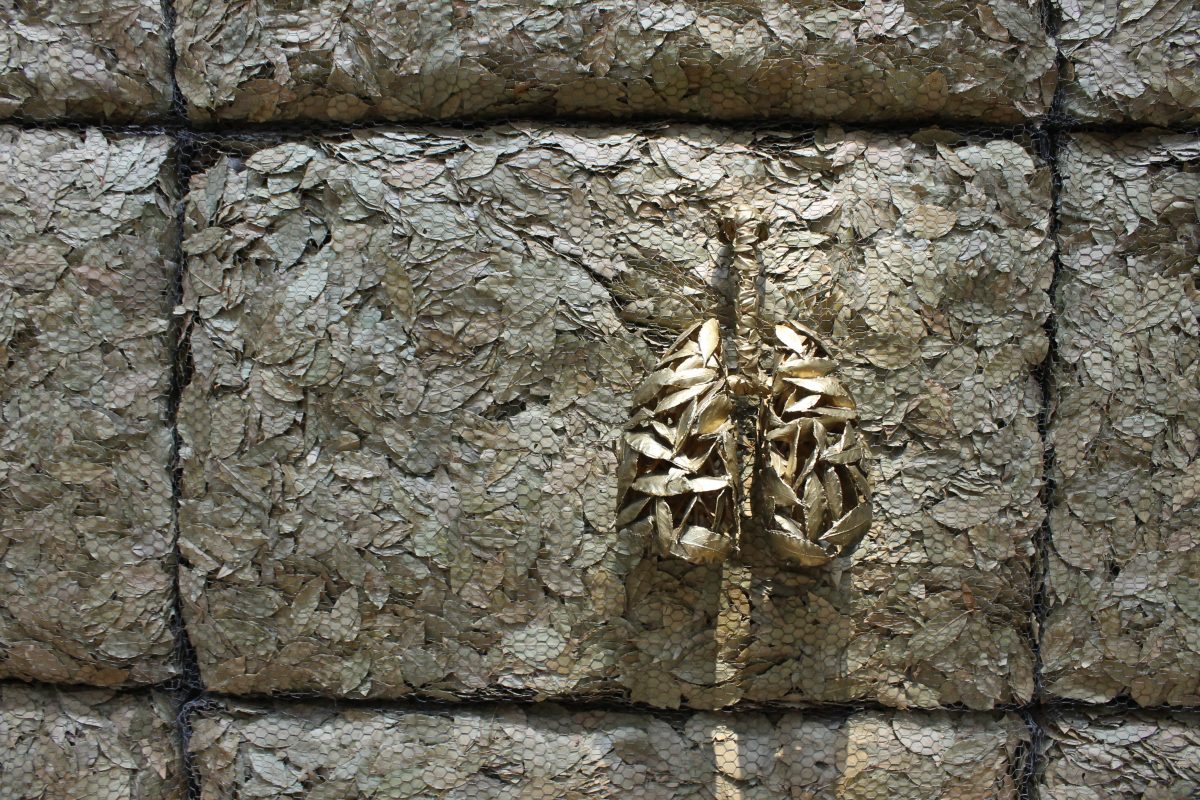Environmental art confronts us with reality: now is the time to act
The fight against climate change is becoming increasingly important, and it is equally important to talk about it, informing ourselves and sharing the urgency of these issues. This is one of the key objectives of contemporary environmental art.
To understand the meaning of this artistic current in more detail, however, we must go back to its origins to the present day.
First of all, it is crucial to underline that the concept of environmental art is much more complex than one might imagine: it includes the relationship between the artist and the natural, social, historical, political and cultural environment.
Influenced by Futurism, Dadaism and Surrealism, it inherits a myriad of different techniques and materials, but all the environmental works are united by a single desire: to overcome the autonomy of the work of art in relation to its context.

Mika Koizumi – Credits: Arunkumar H G
In this way, the environment where the work is placed becomes part of the art project: for example, installations immersed in the woods or the redevelopment of aseptic old buildings thanks to street art.
This is the case of the street art project “See Walls Artists For Oceans” conceived by the non-profit association PangeaSeed Foundation, which aims to re-educate passersby about the importance of taking care of our seas.
The need to raise awareness about the conditions and risks of human carelessness towards our planet inspires the creations of countless artists.
One of these is Giuseppe Penone, exponent of Arte Povera, whose research focuses on the relationship between man and nature. “Breathing Shadow” is one of his most reflective works, recalling the perfect natural cycles ruined by the human hand that withers and alters the harmony of the landscapes.

Particolare di Giuseppe Penone, Respirare l’ombra, 1999-2000 – Credits: Effimero perenne
When we talk about the climate change, however, one of the most important topics is recycling. Thus Japanese artist Mika Koizumi has found a way to give life to thrown away plastic bottles, transforming them into monumental aquariums in which marvelous colored jellyfish swim.
Among the artists who have left their mark on environmental art, one cannot fail to mention Icy and Sot, whose works face the sensitive issues of human rights, the pitfalls of capitalism and thus the climate emergency.
Through their installations, they want to provoke the viewer to reflect: an emblematic example is the work “Our house is on fire”, with which they got straight to the point. By recreating the silhouette of a house, they set it on fire, sending out a specific message: how long are we going to let our house, planet earth, go up in flames before we do something about it?

Icy & Sot, Our house is on fire – Credits: BOOOOOOOM
The climate crisis is advancing and making its way forcefully into our lives, but sometimes we do not seem to notice. Environmental art is a loud reminder of this.

